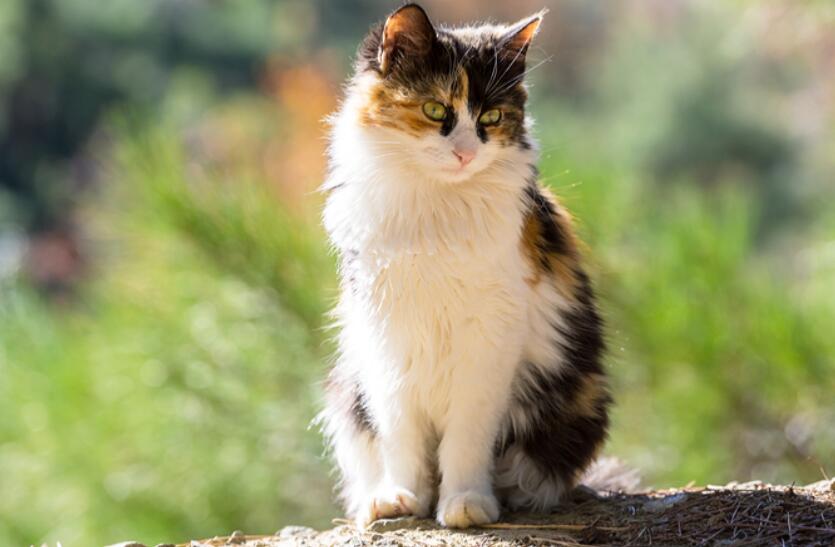 There is so much emphasis today on knowing the DNA of pets (what breed are they?) Where do they really come from?) , pet parents naturally begin to wonder what diseases their companions may have inherited, along with their blue eyes and funky stripes.
There is so much emphasis today on knowing the DNA of pets (what breed are they?) Where do they really come from?) , pet parents naturally begin to wonder what diseases their companions may have inherited, along with their blue eyes and funky stripes.
Let’s take a look at seven common genetic diseases in cats, their symptoms, which breeds are affected, and how to prevent and treat them.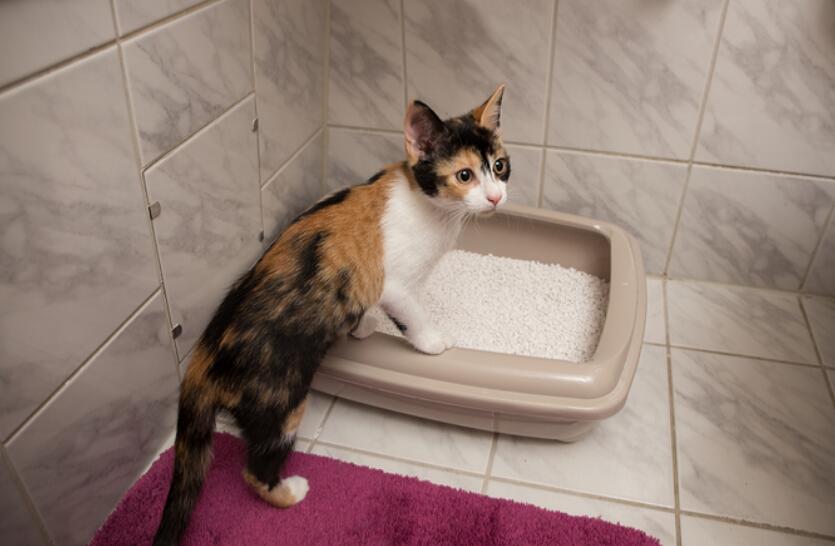
Lower urinary tract disease in cats
In a presentation at the Western 2013 Veterinary Conference, Dr. Jerold s Bell, associate professor of clinical veterinary genetics at Cummings School of Veterinary Medicine at Tufts University, said feline lower urinary tract disease (FLUTD) is the most common hereditary disease of cats, occurring in about four percent of all cats (pedigreed and mixed breeds).”
Cats are diagnosed with FLUTD when they show typical symptoms (straining to urinate, frequent urination in small amounts, painful urination and urination outside the litter box) and other potential causes. genes are not the only cause of FLUTD, but in combination with risk factors such as stress and obesity, it determines which cats will show symptoms.
Treatment for FLUTD focuses on stress relief, environmental enrichment, keeping bins clean, dietary changes, increasing water consumption, and sometimes anti-inflammatory or other medications. There is no genetic test for FLUTD.
Diabetes
Type II diabetes is prevalent in feline populations, but Burmese cats have a significantly higher than normal incidence, which is genetically determined by their genetic predisposition. Typical signs of uncomplicated diabetes include thirst, increased urination and weight loss, despite a good or even increased appetite.
Because there are no tests to determine which Burmese cats are at risk for diabetes, general diabetes prevention rules apply, such as weight control, encouraging exercise and eating a high-protein/low-carbohydrate diet. Treatment also includes daily insulin injections.
Polycystic kidney disease
Cats with polycystic kidney disease have many fluid-filled cavities (cysts) in their kidneys. These cysts eventually become so large and numerous that the cat develops kidney failure, the early signs of which include thirst, increased urination, loss of appetite, weight loss and lethargy. This disease is most common in Persians and Himalayans because of the presence of a high frequency of a defective gene in these breeds.
Genetic testing is available for mutations that cause polycystic kidney disease. Before purchasing a cat at risk, always ensure that the individual or his or her parents have a negative genetic test result. Treatment of cats with polycystic kidney disease includes adjustments to diet, fluid therapy and various medications as needed.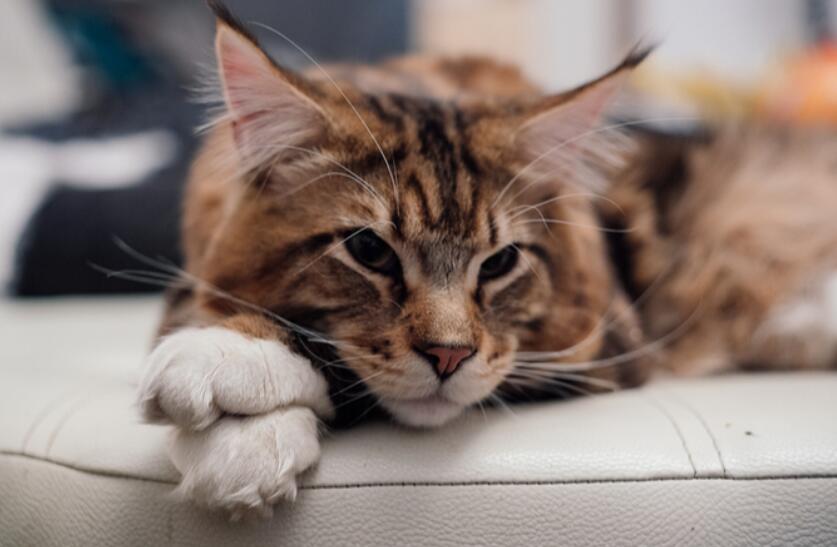
Heart disease
Hypertrophic cardiomyopathy (a type of heart disease) is caused by a genetic mutation in Maine and Ragdoll cats. Cats with this disease can die suddenly or develop heart failure in early or middle age. Treating heart failure can improve the quality of life of some cats with hypertrophic cardiomyopathy
Testing is available for abnormal genes in both Maine and Ragdoll cats. Prospective owners should only purchase cats that do not carry these genes themselves, or those that are known to be the result of a mating of two non-carrier cats.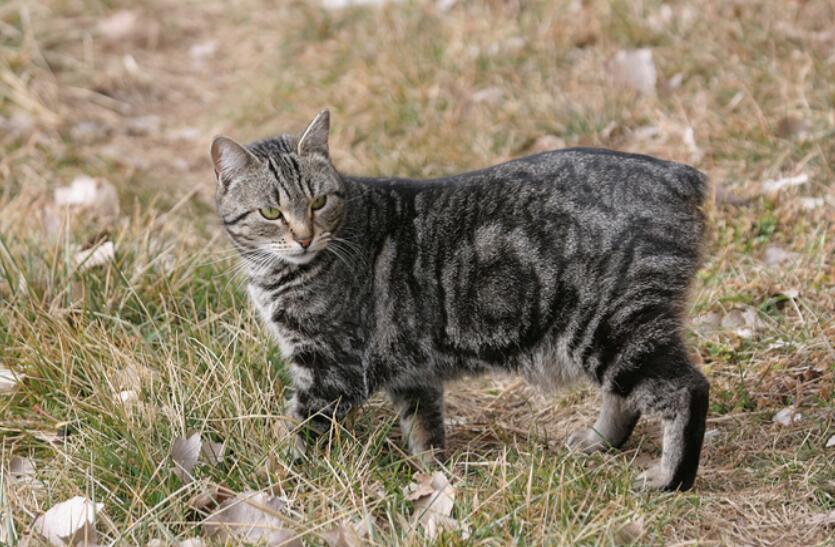
Manx cat syndrome
Genetic mutations cause Manx cats (and some other breeds) to be born with very short tails or no tails at all. Unfortunately, these mutations affect not only the bones of the tail, but also the nearby nerve tissue, often resulting in abnormal hind leg standing and movement, as well as urinary and fecal incontinence.
The shorter the cat’s tail, the greater the likelihood of neurological dysfunction, so unless you plan to show your cat, choose an individual with a longer tail. There is no treatment for Manx syndrome other than symptomatic treatment.
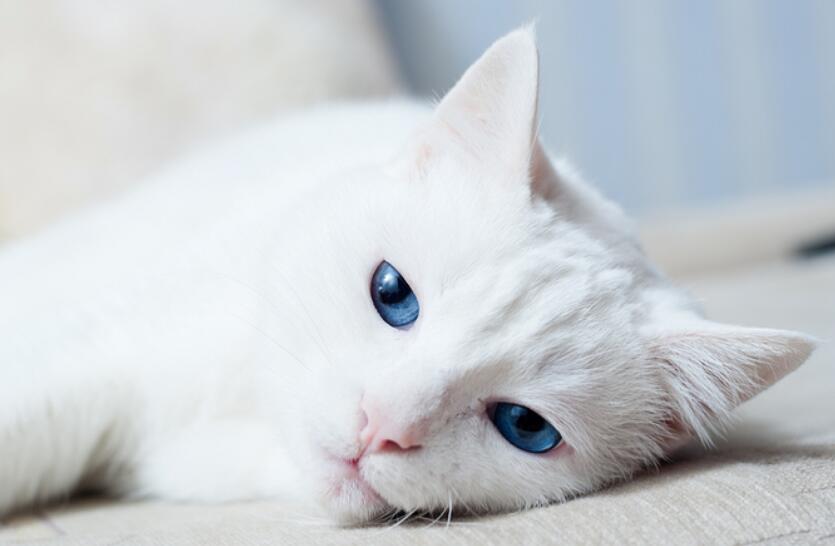
Deafness
White cats with blue eyes are more likely to be blind than other cats because the genetic mutation affects not only the color of the fur and eyes, but also the development of the internal structures of the ears. The inheritance of this abnormal gene (called “W” by feline geneticists) is complex, so not every cat that carries this gene is deaf. In addition, white hair and blue eyes may be caused by other genes that do not increase the chances of deafness.
There is no cure for deafness caused by the “W” gene, but affected cats can live long and happy lives if they are kept indoors.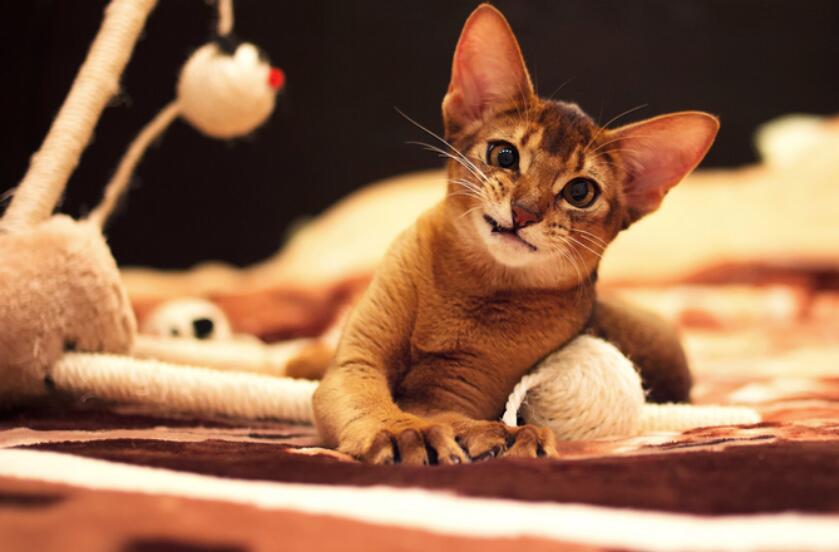
Blindness
Progressive retinal atrophy (PRA) is a disease that causes blindness in middle and old age and is known to have a genetic cause in some cats. There are two genes associated with the Abyssinian, Somali and Ocicat breeds. Both genes are available for testing. Due to their inheritance pattern, two abnormal copies of the gene are required to cause blindness. Therefore, pre-purchase genetic testing should indicate that the cat in question carries no more than one copy of the abnormal gene, or that only one of his or her parents carries it.
PRA is not treatable, but if blind cats are kept in a fixed indoor environment, they can lead a satisfying life.
Prevention of genetic diseases in cats
Purebred cats are at higher risk for certain genetic diseases, but not all, and some breeds are worse off than others. Talk to your veterinarian about the genetic “baggage” that can accompany any purebred cat you want to buy or adopt. Find out what reputable breeders should test for to reduce the incidence of disease, and ask to see the results of those tests. If they refuse, then find a different breeder.

